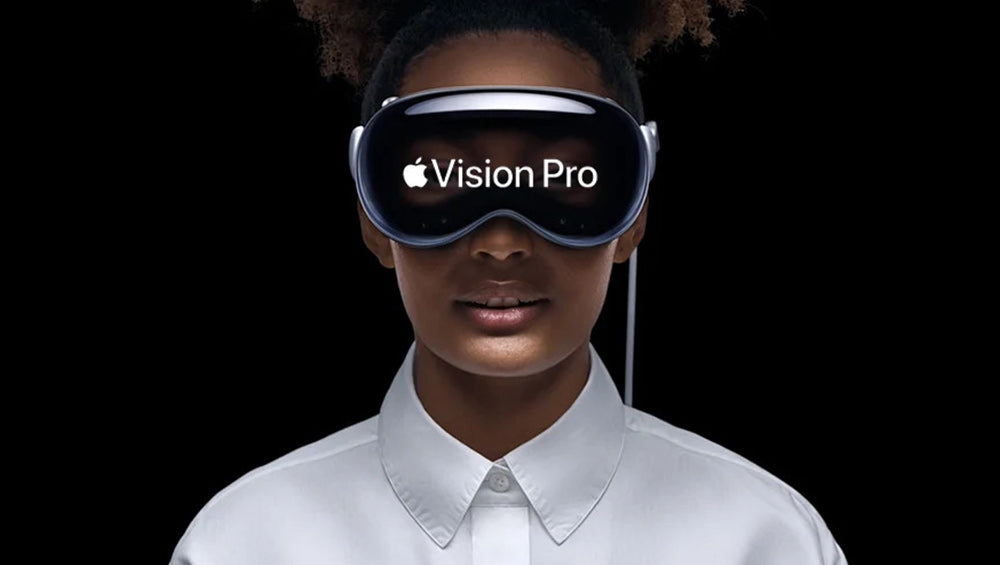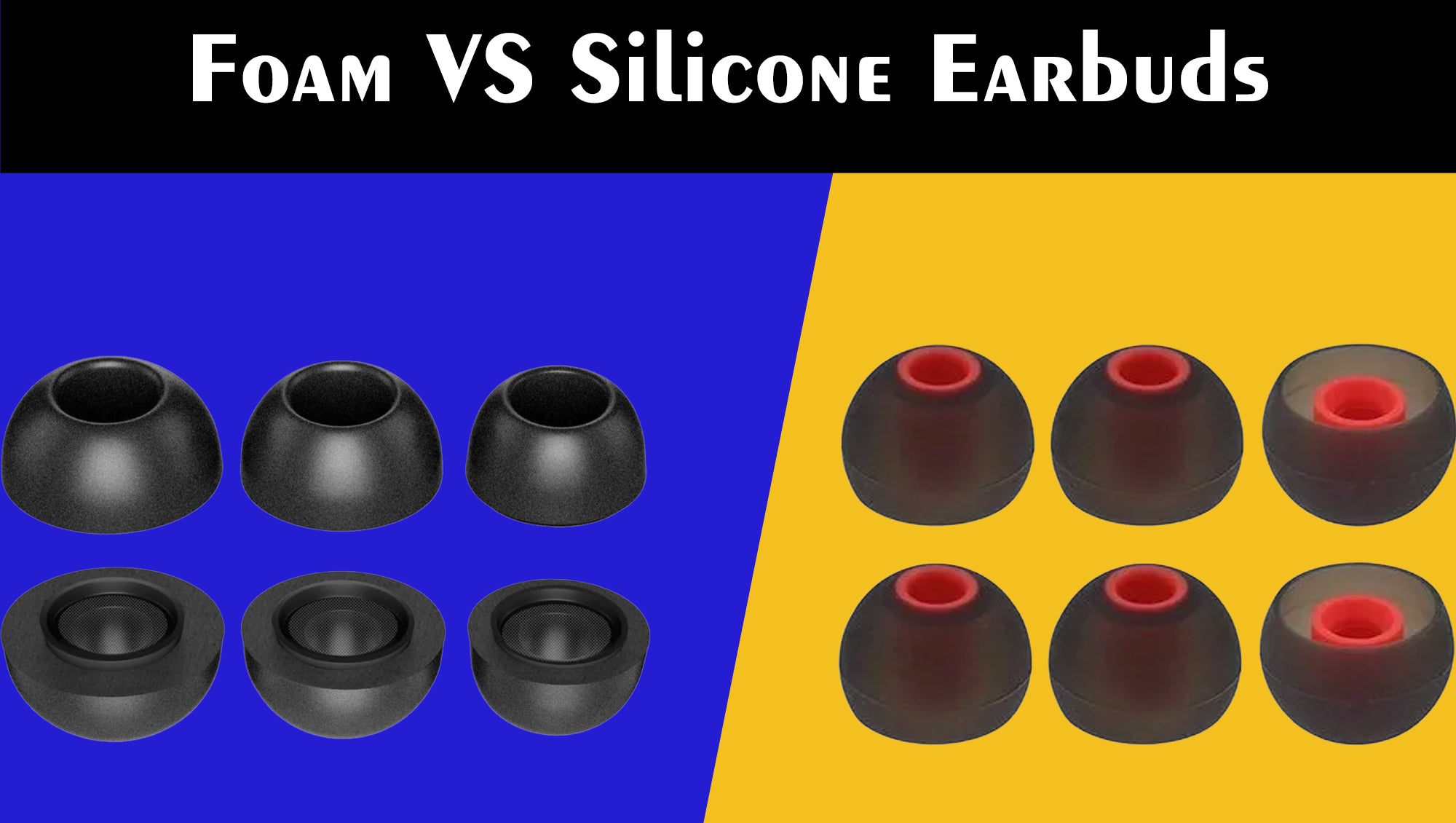When you attend a live concert or watch a music performance on television, you may have noticed something seemingly inconspicuous yet essential: singers wearing earpieces.
As such, have you ever wondered why singers wear earpieces? These unassuming earplugs are far from mere fashion statements. They serve a vital purpose in the intricate world of live singing.
As the curtain rises and the music begins, these in-ear monitors come to life, playing a pivotal role in enhancing the overall performance. From providing sound isolation to protecting ears, earpieces play a crucial role in any live concert. These are vital for any modern-day singer as earpieces hold the key to making or breaking any on-stage performance!
Whether you are an aspiring musician or just curious to know why singers wear earpieces, this article takes an in-depth look at the subject. Consequently, we will delve deeper into why singers wear earpieces, exploring their various functions, and benefits, and why they have become indispensable tools for performers in the modern music industry.
What Are Earpieces?
A. Definition and Function

Earpieces, also known as in-ear monitors or IEMs, are compact audio devices designed to fit snugly inside the ears. They serve a wide range of functions, from personal entertainment to professional applications.
In their simplest form, earpieces consist of tiny speakers enclosed within a casing that is inserted into the ear canal. This design allows for direct and precise sound delivery to the listener. By sealing off the ear canal, earpieces can effectively isolate and enhance the audio experience while reducing external noise interference.
The functions of earpieces are incredibly diverse, catering to various needs and lifestyles. They have become indispensable for activities such as listening to music while jogging, hearing the personalized mix while performing on stage, enjoying podcasts during commutes, blocking outside noise for better concentration during studies, and even immersing oneself in soothing instrumental music before bedtime.
B. Types of Earpieces

When it comes to earpieces, there are various types available, each with its own set of advantages and disadvantages. However, these two types are mostly known and used: silicone and foam earpieces.
Silicone earpieces are a popular choice due to their affordability and versatility. They are often included with many consumer-grade earphones. These earpieces are made of soft silicone material, which provides a comfortable fit for most users. Silicone earpieces are also easy to clean, making them a hygienic option. Furthermore, they are chemically inert, ensuring that they won't cause any ear infections or allergic reactions.
On the other hand, foam earpieces offer a different set of benefits. These earbuds are made of memory foam that conforms to the shape of the ear canal, providing a snug and secure fit. Foam earpieces are known for their excellent sound isolation properties, effectively blocking out external noise and enhancing the clarity of the audio. They are also highly resistant to sweat, grease, and other particles, making them a suitable choice for active individuals or those who engage in intense physical activities.
Reasons Why Singers Wear Earpieces

A. Monitor Their Own Voice
One of the primary reasons why singers wear earpieces, particularly in-ear monitors (IEMs), is to monitor their own voices during live performances. When singers take the stage amidst the electrifying energy of a concert arena, they face a unique challenge. The acoustics of the venue can cause their voices to bounce off the walls, creating a confusing mix of sounds that can be disorienting.
By wearing in-ear monitors, singers can overcome the distorted reverberations of their music as they provide a direct and clear source of their own voice and the accompanying music. This allows singers to hear themselves with exceptional clarity, enabling them to stay on pitch, maintain vocal control, and deliver a captivating performance.
For example, imagine a stadium concert where the roar of the crowd reverberates throughout the space. Without in-ear monitors, the singer's own voice might get drowned in the sea of noise, making it difficult to stay in tune and deliver a polished performance. With the assistance of earpieces, however, the singer can isolate their voice and ensure it cuts through the crowd, capturing the attention of every listener.
B. Hear the Music or Instrumentals
In the realm of live music performances, rarely do we witness solo acts taking the stage. Most concerts feature a group of talented musicians harmonizing together to create a captivating sonic experience. However, this collaborative effort comes with its own unique challenge—staying in sync amidst the cacophony of crowd noise and blaring speakers.
This is yet another reason why singers wear earpieces. By wearing these IEMs, singers and band members can hear the music or instrumentals with utmost precision. Each member receives a personalized mix of the various musical elements, allowing them to hear what their fellow musicians are playing, even when they are physically apart on the stage.
For instance, imagine a band with guitarists, a bassist, a drummer, and a keyboardist spread out across a massive stage. The noise from the roaring crowd and loudspeakers can make it challenging to hear each other clearly. However, with the assistance of in-ear monitors, the musicians can receive a focused mix of the music, ensuring that they stay in perfect sync. This enables them to deliver a cohesive and powerful performance that resonates with the audience.
C. Block Out External Noise
Providing another reason why singers wear earpieces lies in their ability to block out external noise in any live stage concert. The presence of unwanted noise can severely degrade the quality of the performance, hindering the singer's ability to deliver a captivating show. This external noise is not only comprised of the voices of the crowd but also includes the potential feedback loops that can arise.
With the aid of in-ear monitors (IEMs), singers can effectively eliminate the intrusion of external noise. The design of these monitors ensures that the microphone does not pick up any sound from the audience or the nearby speakers on stage. By blocking out these unwanted sounds, singers can maintain a clear and focused audio experience, free from disruptive feedback loops that would otherwise distract both performers and audience members.
D. Maintain Consistent Audio Levels
In the vibrant world of live performances, each stage presents a unique soundscape that can greatly impact a singer's experience. The size, shape, and arrangement of instruments across the stage play a crucial role in what a singer hears while performing. Without the aid of in-ear monitors (IEMs), maintaining consistent audio levels becomes a formidable challenge. And this adds to the list of reasons why singers wear earpieces.
For instance, imagine a singer moving closer to the drummer to enhance the visual and energetic connection with the rhythm section. While this may create an exciting dynamic on stage, it poses an obstacle to hearing other instrumentalists clearly. The guitarists' melodies may get drowned out, impeding the singer's ability to stay in sync and deliver a cohesive performance. Furthermore, without IEMs, the singer may struggle to hear their own voice accurately, resulting in potential pitch inconsistencies.
In-ear monitors eliminate these issues by providing a personalized mix directly to the singer's ears. Regardless of their position on the stage, singers can hear a consistent audio level and their own voice precisely, ensuring that they maintain vocal control and stay in tune. Thus, by wearing earpieces, singers can navigate the stage with confidence, knowing that their audio levels remain consistent and balanced throughout the performance.
E. Protect Their Hearing
Stage concerts are renowned for their exhilarating energy, but they also come with a significant challenge: the deafening volume. The sheer intensity of sound in live performances can pose a serious risk to the long-term hearing health of singers. Exposure to sound levels above 85 decibels for extended periods can lead to irreversible damage.
Consider the rock concerts that reverberate at a thunderous 120 decibels. Without proper protection, singers would subject their ears to ear-splitting noise night after night during the music season. In-ear monitors (IEMs) act as a crucial safeguard, shielding the delicate auditory system of singers from these potentially harmful levels of sound.
As such, singers wearing earpieces can control and regulate the sound levels they experience on stage. The customized mix delivered through IEMs allows for a balanced audio experience at safe volumes, without compromising the energy and impact of the performance.
How Earpieces Are Used During Live Performances

A. Soundcheck And Rehearsals
Earpieces play a pivotal role during the crucial stages of soundcheck and rehearsals, setting the foundation for a flawless live performance. These pre-show moments allow artists and technicians to fine-tune the audio experience, ensuring optimal sound quality and synchronization.
During soundcheck, singers wear earpieces to monitor their own voices and receive a tailored mix of the music. This allows them to adjust their vocals and ensure they blend seamlessly with the accompanying instruments. With the aid of in-ear monitors (IEMs), singers can hear every nuance of their performance and provide input on the desired audio levels and effects
Rehearsals also benefit from the use of earpieces. Singers wear them to rehearse in a realistic stage environment, experiencing the same audio conditions they will encounter during live performances. This enables them to become familiar with the sound cues, timing, and overall dynamics of the songs, enhancing their comfort and confidence on stage.
B. Technical Aspects of Earpiece Use
Behind the scenes of a mesmerizing live performance, a world of technical intricacies comes into play when it comes to earpiece use.
At the core of earpiece technology lies wireless connectivity, allowing singers the freedom to move unrestricted on stage. Advanced wireless systems ensure stable and reliable audio transmission, delivering the personalized mix directly to the artist's ears. This enables singers to stay connected to the music and their fellow performers, regardless of their location on the stage.
In addition to wireless capabilities, earpieces incorporate cutting-edge audio engineering to achieve optimal sound quality. High-fidelity drivers produce rich and immersive audio, capturing the intricate nuances of instruments and vocals. This level of sonic precision empowers singers to deliver their best performances, confidently navigating through every note and lyric.
Furthermore, earpieces incorporate features like adjustable volume controls and EQ settings, giving artists the ability to fine-tune their audio experience according to their preferences. This level of customization ensures that each singer can achieve their desired balance between vocals and instrumentation, creating a sonic landscape that perfectly complements their artistic vision.
C. Communication with Band Members and Sound Technicians
On the grand stage, where collaboration and synchronization reign supreme, earpieces serve as the conduit for seamless communication between singers, band members, and sound technicians.
Through the use of in-ear monitors (IEMs), singers can establish a direct line of communication with their bandmates. With a simple gesture or a subtle nod, they can convey cues, changes in tempo, or transitions, keeping everyone in sync. This real-time interaction allows for dynamic musical expressions, creating captivating moments that resonate with the audience.
Additionally, earpieces facilitate clear and immediate communication with sound technicians. Singers can receive vital instructions, monitor audio levels, or request adjustments to their mix without disruptions or delays. This seamless connection ensures that the technical aspects of the performance align with the artistic vision, delivering an unforgettable sonic experience.
Conclusion

In conclusion, in-ear monitors (IEMs) have become indispensable tools for singers in the realm of live performances. As the music industry continues to evolve, earpieces remain a vital asset, enabling singers to showcase their talent while elevating the magic of the stage.
BTW, if you are given the choice between TRANYA X5 earbuds and TRANYA F4 earbuds, which one do you think is better for the singers? Share your thoughts with us and let us know in the comments below!



